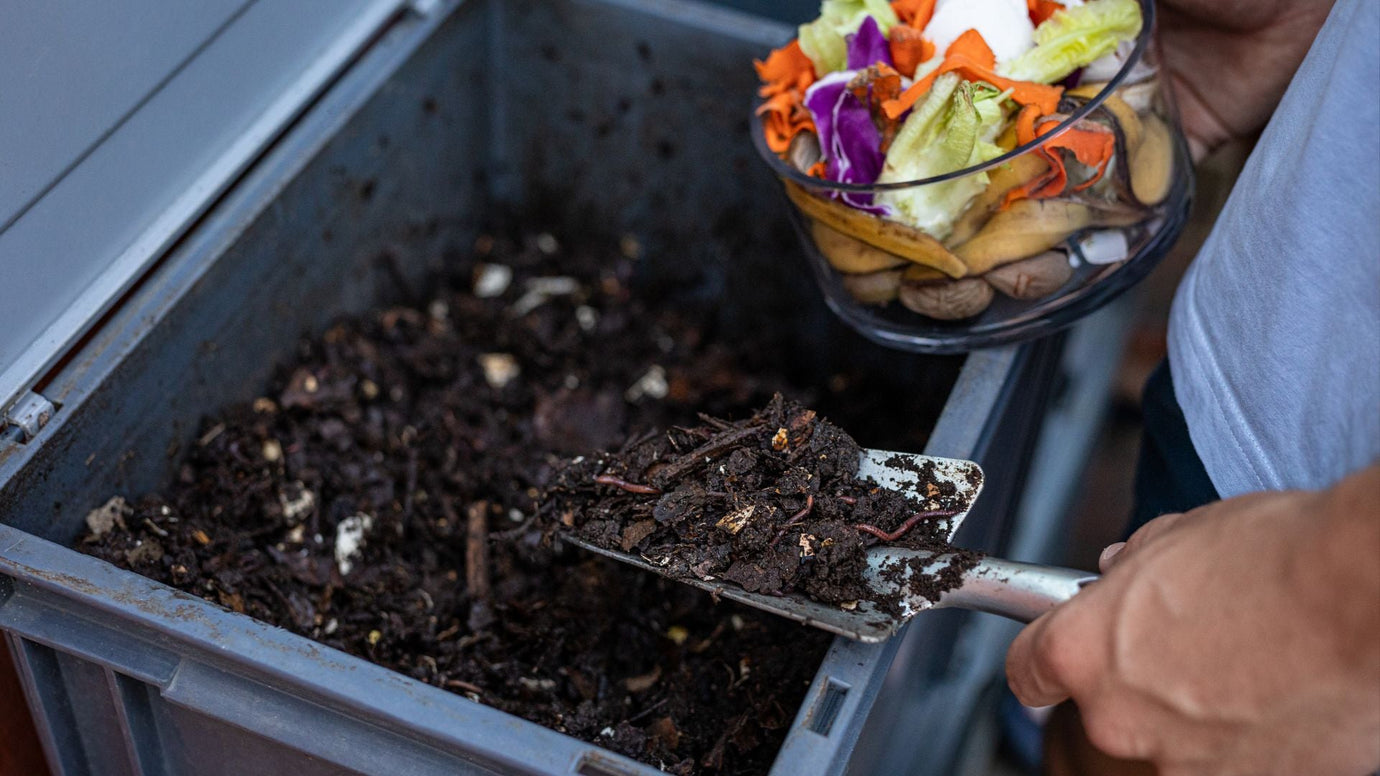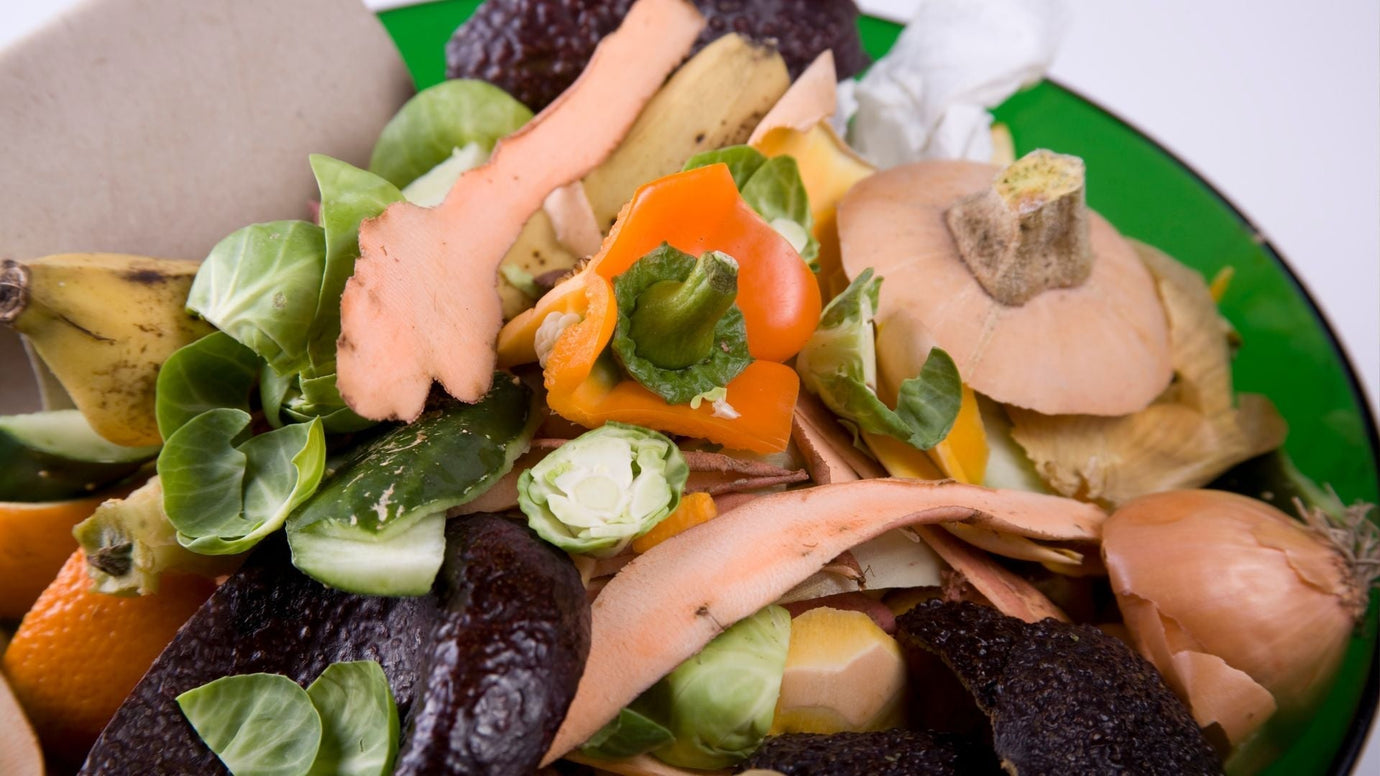7 Kitchen Composting Tips for Spring
For gardeners, spring is a beautiful time - bringing new life and opportunities to cultivate our green spaces. As we dive into planting in the new season, it’s the perfect time to level up our composting practices. Composting makes our soil more fertile and rich for better plant growth while reducing waste. In this blog, I will share seven practical tips to boost your kitchen composting this spring, as well as some personal anecdotes for inspiration.
1. Know What to Compost
One of the first things I learned about composting is the importance of knowing what to put in the compost bin. For the spring season, a diverse mix of greens (think vegetable scraps and grass clippings) and browns (think dried leaves or cardboard) is crucial. For example, leftover vegetable scraps from your spring salads or the tasty asparagus you roasted can add valuable nutrients to your pile.
In the past years, I saved garlic clippings and onion peels throughout spring and added them to my compost. They broke down beautifully, adding a vibrant flavor to my soil, which my plants loved!
2. Balance Your Mix
A balanced mix of greens (nitrogen) and browns (carbon) is essential for a thriving and nutrient-dense compost pile. As spring approaches, you will likely have an abundance of kitchen scraps and garden waste. Add them to your compost and aim for a ratio of about 2:1 browns to greens.
Apart from food scraps, there’s often a surplus of coffee grounds from morning brews too. Pair them with dried leaves collected in the fall to create the perfect compost balance!

3. Aerate Your Compost
Turning your compost regularly is key to preventing odor and ensuring quick and even decomposition. I like to use a pitchfork to aerate my pile every couple of weeks, especially as the weather gets warmer.
Compost that’s left for too long can sometimes become a smelly mess. You can revive it with good aeration and some dry leaves, and within a month, it will be back on track to becoming beautiful and rich compost again!
4. Chop Chop
When adding kitchen scraps to your compost, remember to chop them up into smaller bits. This will speed up decomposition and help reduce odors too. Chop up your leftover veggies, broccoli stalks, carrot tops and add them to your bin. They will decompose much faster and give you rich compost in no time!
5. Spring Plant Debris
As you start cleaning up your garden for spring planting, don’t toss away your plant trimmings just yet. Dead leaves, spent flowers, and even the leftovers of last season’s crops can all be composted. After pruning, try adding the clippings right into the compost. The extra nutrients they provide will help create a fertile environment for plants.
6. Keep It Moist
During dry spells in spring, check the moisture level of your compost regularly. It should feel something like a damp sponge—not too wet, but not dry either. If it feels too dry, give it a good drink of water. Compost piles can dry out faster than expected at times. Quick watering sessions not only encourage decomposition but also keep beneficial microbes active and thriving.
7. Bokashi to Reduce Odors
Some kitchen scraps, like onions or remnants of citrus fruits, can become smelly. In this case, consider Bokashi composting—a fermentation process that leverages beneficial microbes to break down food waste without odors. Try tossing all your veggie scraps into a Bokashi bin. Just wait for about two weeks, and they can be added to your pile outdoors, odor-free and partially decomposed.
Final Thoughts
Composting is a process that takes time and patience is key. Take this time to observe how your compost evolves. Spring is a season of renewal, and composting is a fantastic way to embrace it. By following the above tips, you’ll not only reduce waste but create a nutrient-rich amendment for your garden too. So get composting and your plants will thank you for it!







